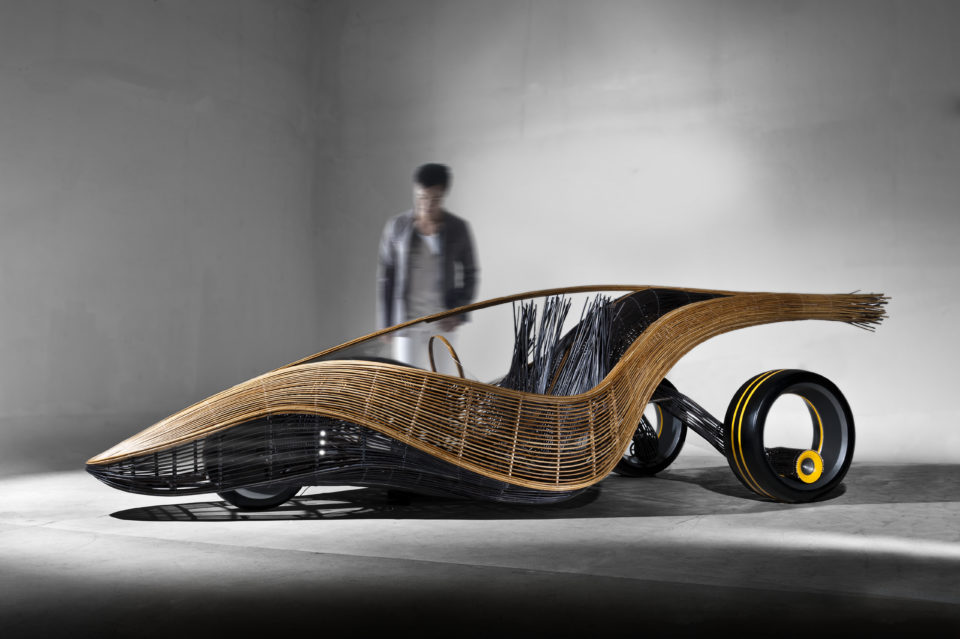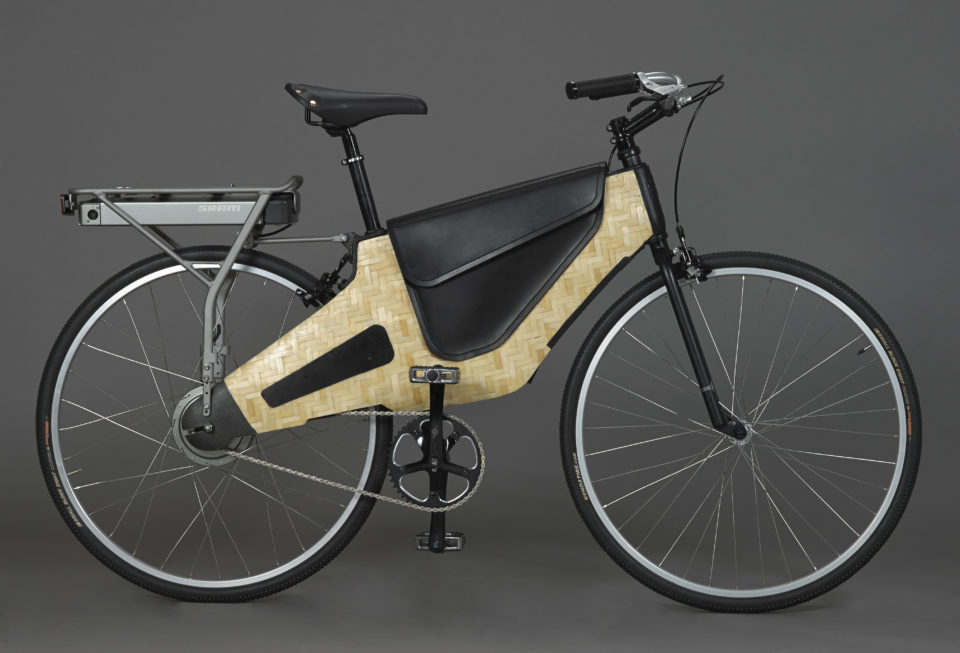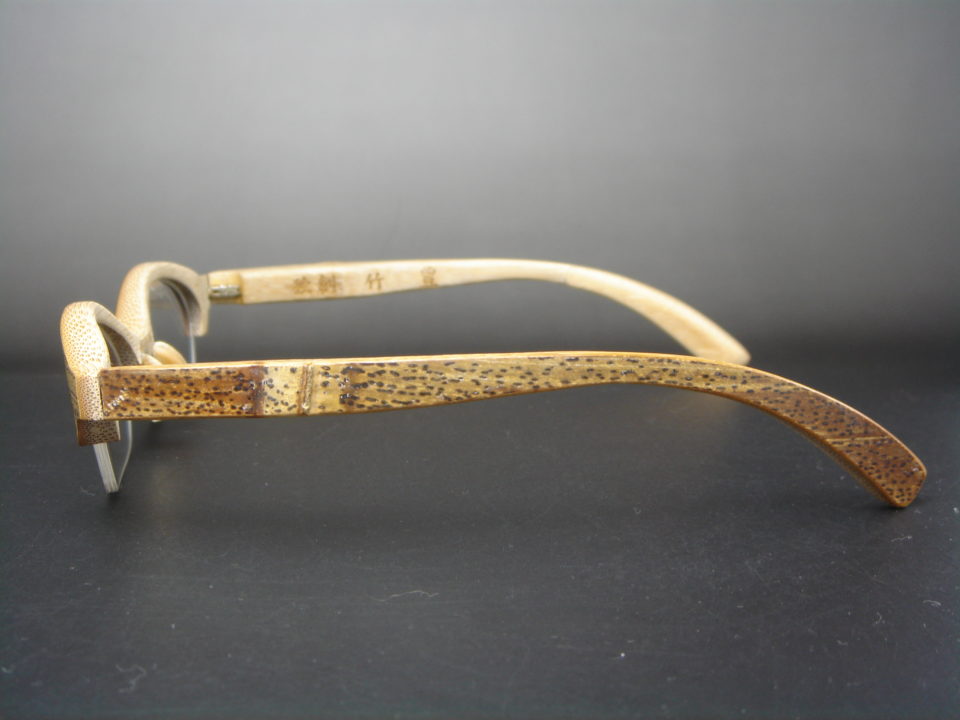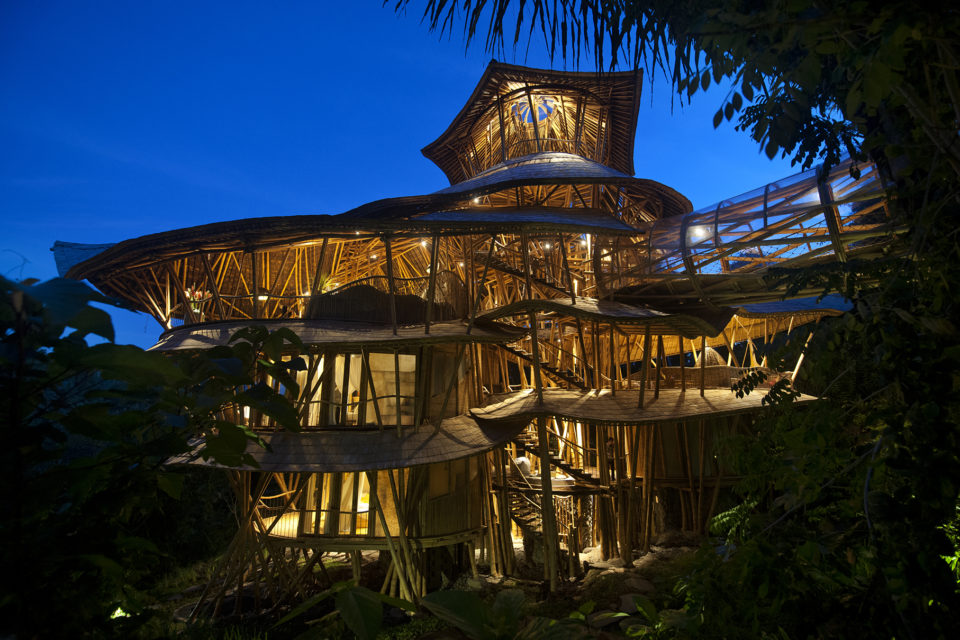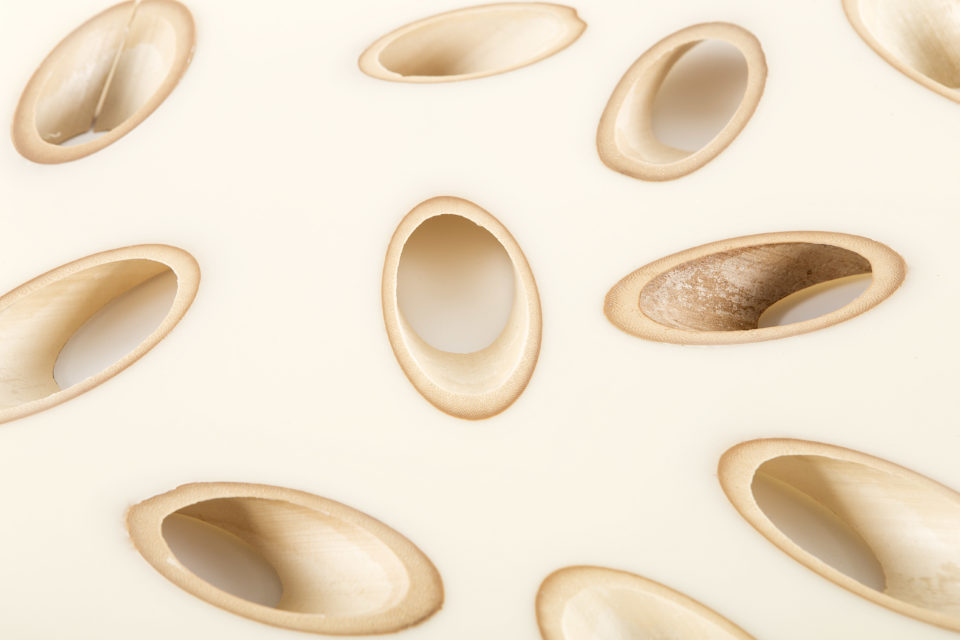From a gigantic lotus petal in Thailand, to the interior of a luminous dragon's mouth in the Riviera Maya, or from the belly of a massive manta ray in Bali, we embark on a journey exploring 7 of the most prominent sustainable bamboo structures built in recent years. As a structural engineer, I have calculated these structures using bamboo as the predominant building material, ensuring they perform effectively against natural disasters like strong winds and earthquakes.
Viewing entries tagged
thebestbamboo
Fabulous architecture mixed with sustainable materials to achieve a real wonder!
Navigating through my LinkedIn today found a post from a person I admire: Hans Friederich, Director- General of the International Network for Bamboo and Rattan (INBAR)
I have been working for some years exploring the uses for bamboo fibers and with GRASSBuilt, great advances were done in America. As a true believer of added values I wanted to show you parts of the article that are extremely interesting. At the end you will find a direct link if you would like to read the full content.
Source: makingitmagazine.net
Good business: Opening the bamboo curtain
9 January 2018
Profile of Xinzhou Bamboo, a company using innovative bamboo winding technology to produce low-carbon, long-lasting and cheaper piping
Bamboo is one of the fastest growing and most powerful plants in the world. According to Hans Friederich, Director- General of the International Network for Bamboo and Rattan (INBAR), “Bamboo has thousands of uses – from paper and packaging to furniture and flooring – and we are discovering new applications every year. We have even heard of bamboo being used for wind turbine blades! People are always surprised at the products bamboo can make. This is because of the plant’s amazing properties: it is flexible but also very resilient, and as a member of the grass family, reaches maturity far quicker than most types of tree.”
Bamboo pipes
YE Ling put the two together. With decades of experience in research and development of composite pressure pipe and containers behind him, in 2006 Ye pioneered wound bamboo composite pipeline technology. In the following year, he established a research and development team to test the feasibility of the concept. Today, Ye is director of the Engineering Research Centre for Bamboo Winding Composites (ERCBWC), part of the State Forestry Administration, and is chairman of the board of Zhejiang Xinzhou Bamboo-based Composites Technology Co., Ltd. (Xinzhou Bamboo).
The company uses bamboo as reinforced materials, processing the thin-walled and hollow bamboo into a continuous strip of sheet material. Bamboo winding pipe has the advantage of high-compression strength, doesn’t corrode and has outstanding electricity and thermal insulation performance. It can replace most welded steel pipe, polyethylene pipe, pre-stressed steel tube concrete pipe and other traditional pipes in the market, and can be widely applied to municipal water supply and drainage pipe networks, irrigation and other water transport areas. It has the potential to significantly reduce the use of plastic, steel and cement.
Unlike plastic, steel, cement and other traditional pipe materials, the wound bamboo composite pipes are environmentally friendly. Bamboo is a sustainable, low-carbon resource. As Ye proudly says, “Replacing traditional pipelines with wound bamboo composite pipelines means replacing high-polluting, high-energy-consuming, non-renewable materials with renewable resources,” adding that it also means saving money. Even conservative estimates suggest that they can reduce costs by 20%.
For Full Article Click HERE
You can weave it, laminateit, spin it into fabric, even3D print it. Bamboo is one of the most versatile materials in the world, yet it is still relatively unknown in world of design. The first book of its kind, Booming Bamboo, written by Dr Pablo van der Lugt and published by Materia, explores the most innovative applications for this material, in architecture and design, but also in a multitude of other modern uses.
Bamboo can be used in nearly all (creative) industries: in construction, (interior) architecture, mobility, products, sports, fashion, packaging, and many more. With climate change and resource scarcity looming over our heads, bamboo is a super versatile material that can help us create a more sustainable and circular society using biobased materials.
Abundantly illustrated, Booming Bamboo provides a comprehensive overview of the enormous potential of bamboo. It starts by introducing the hard facts regarding global problems that we are facing, such as resource scarcity and climate change. The first part of the book introduces bamboo as a fast-growing, sustainable and renewable resource and explains how bamboo can play a vital role in climate change mitigation as well as in restoring ecosystems through reforestation. The second part of the book presents the various ways in which bamboo can be transformed into many different, exciting materials and fabrics. The book concludes by showcasing the most magnificent, innovative and inspiring bamboo products and projects that have been developed to date, examples of which you can see on the photos above (click on the photos for more information).
About the author
Pablo van der Lugt devoted both his Master and his PhD research at Technical University Delft to bamboo and bamboo materials, and currently active as Sustainability expert in the wood- and bamboo industry. With Booming Bamboo, he shows that in the essential transition towards a more circular economy, there are tremendous opportunities for bamboo.
About the publisher
Booming Bamboo is published by Materia, with the support of INBAR(International Network for Bamboo and Rattan), and MOSO International, a pioneer in innovative bamboo solutions for indoors and outdoors. They work together to promote the use of bamboo worldwide. Both organizations also celebrate their 20th anniversary this year.
For more about the book and how to buy it, click here.








